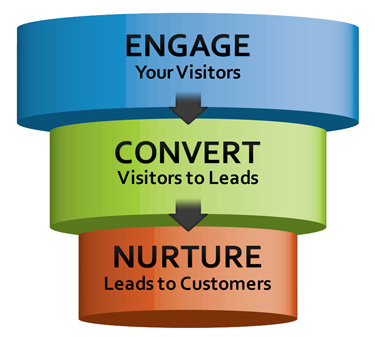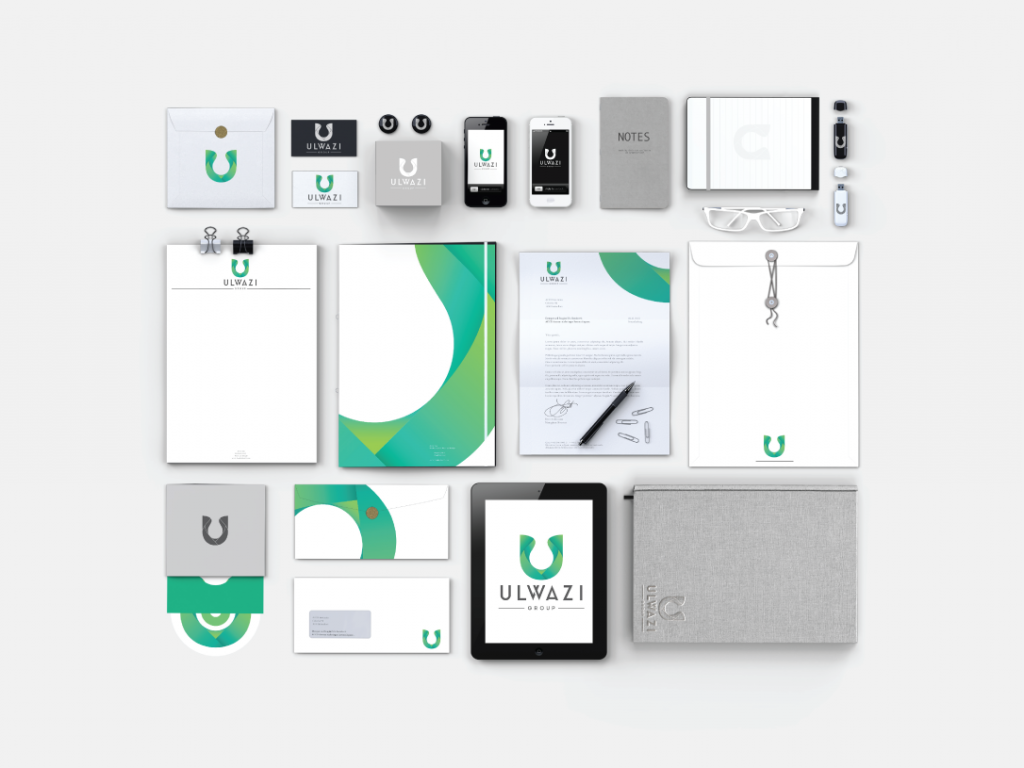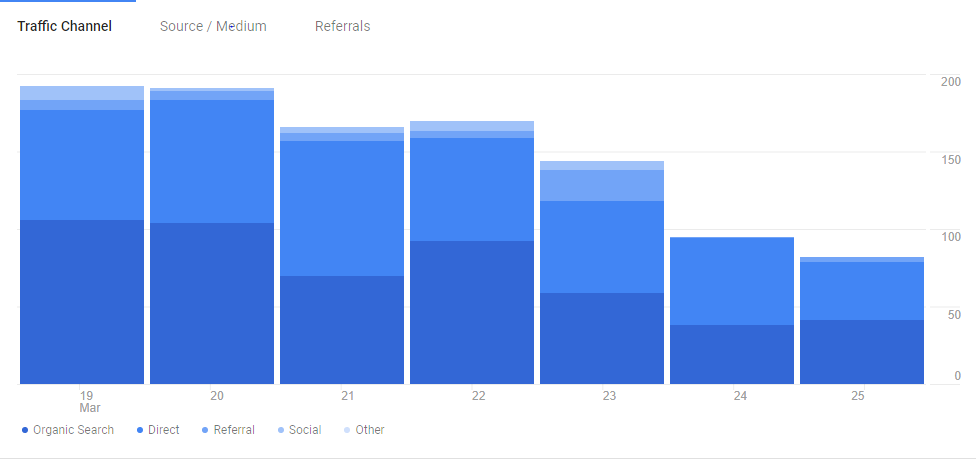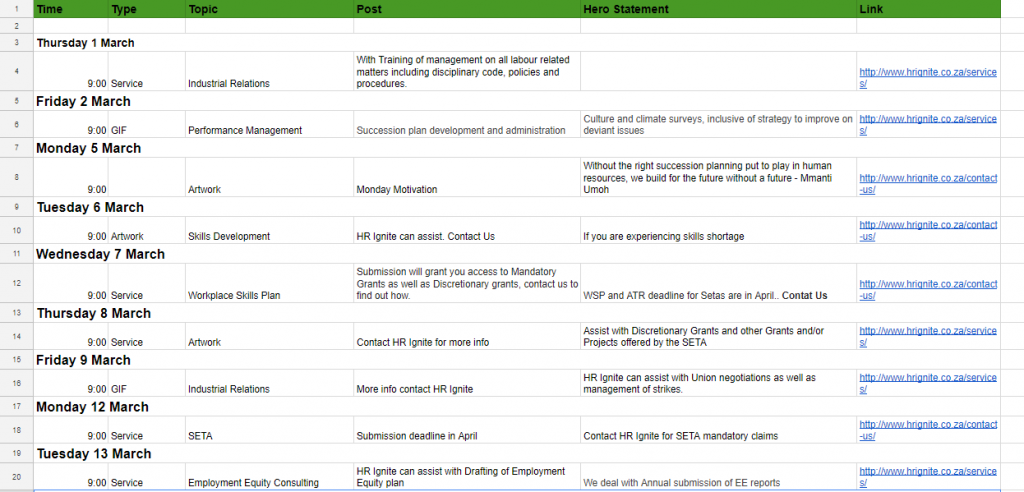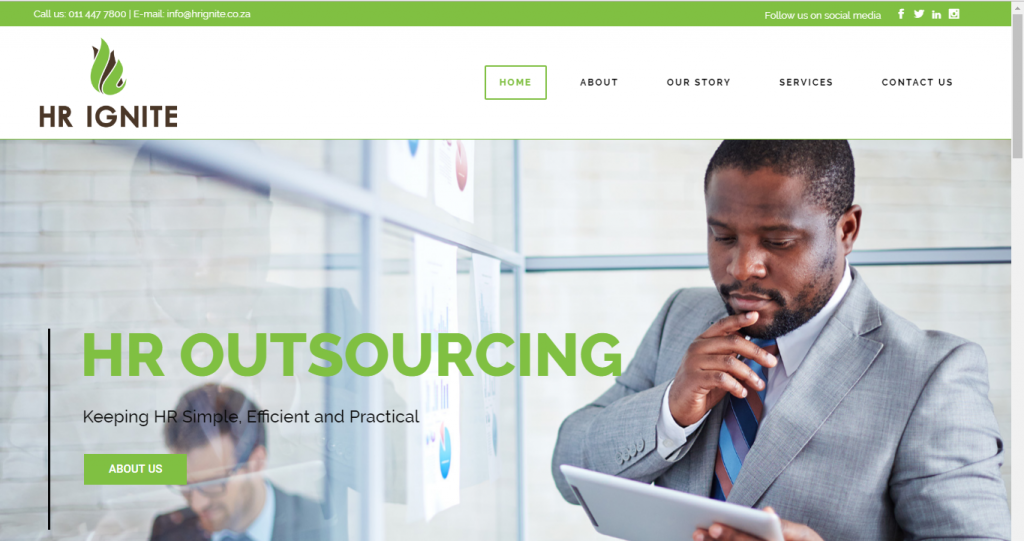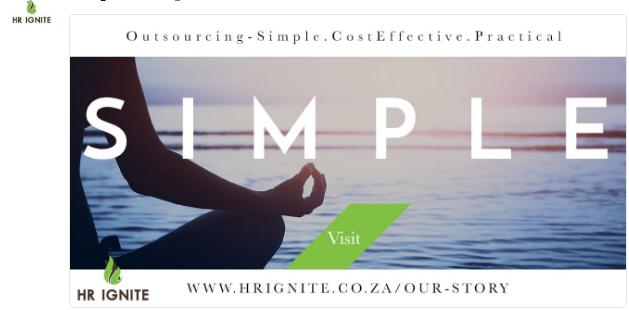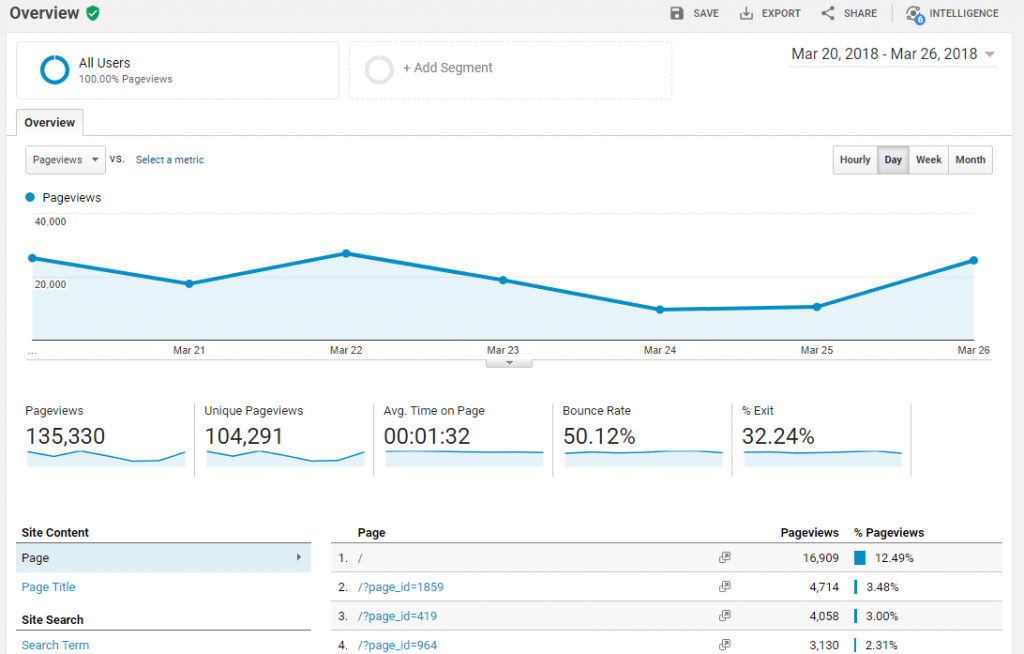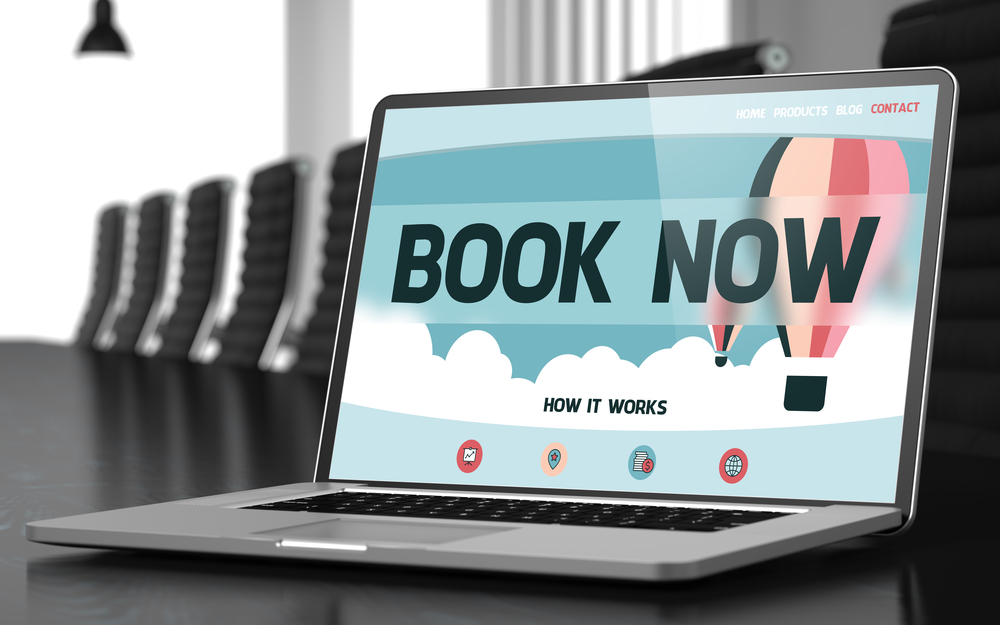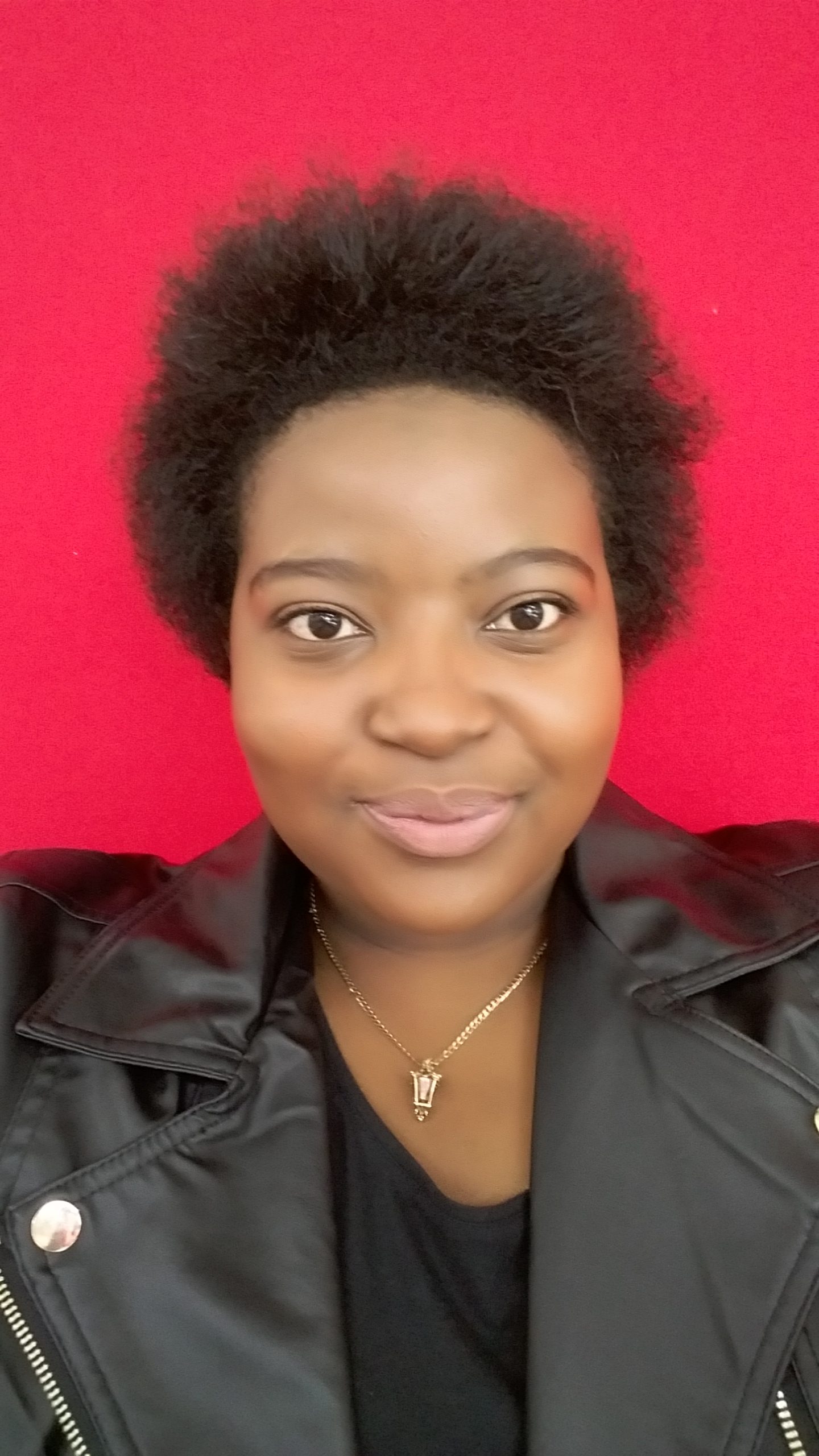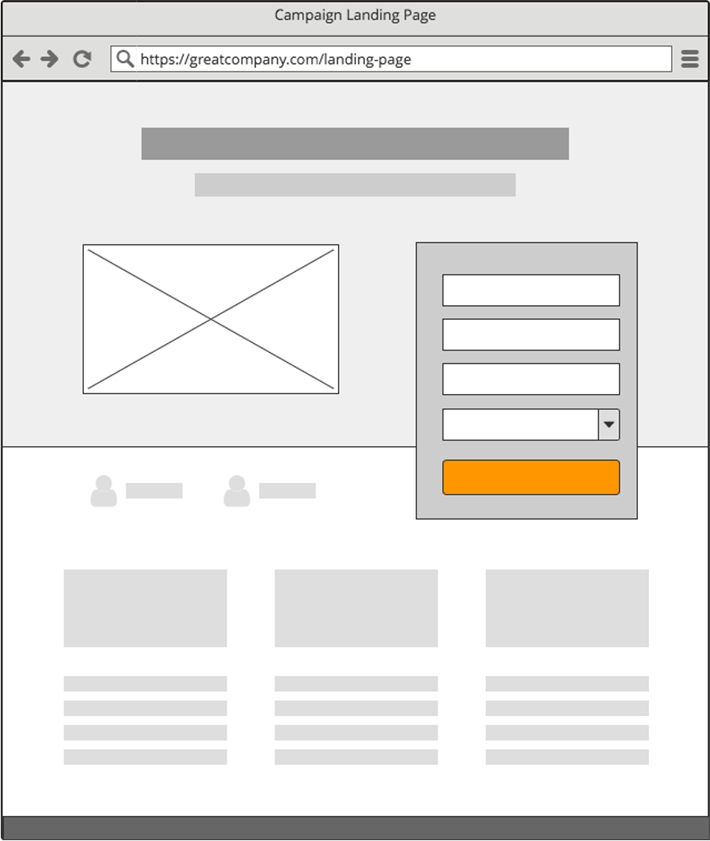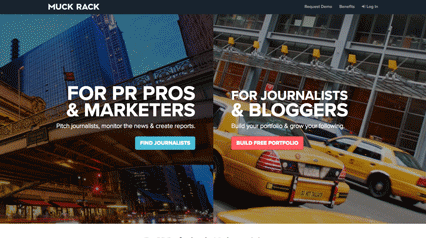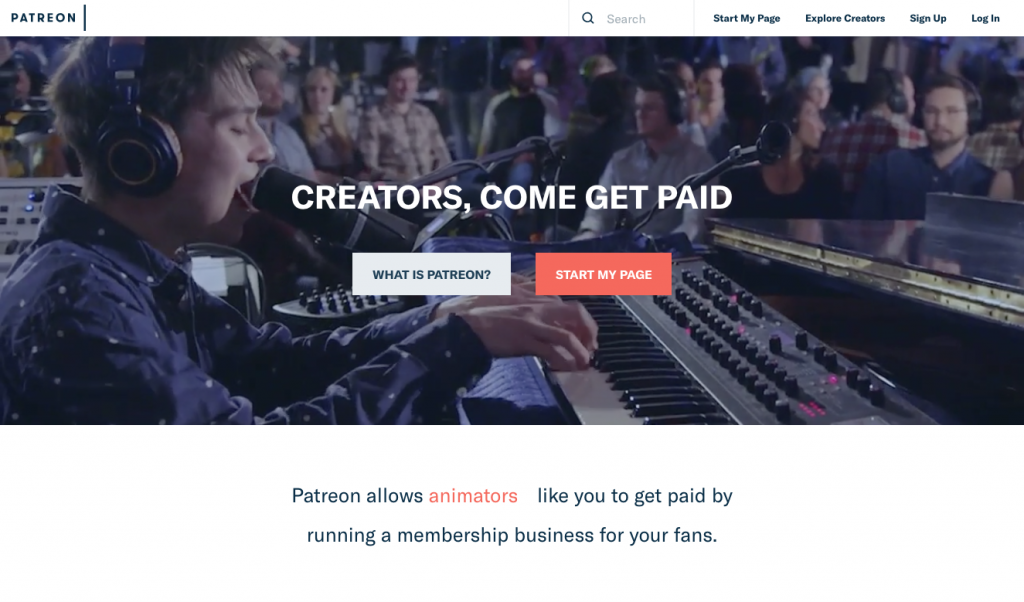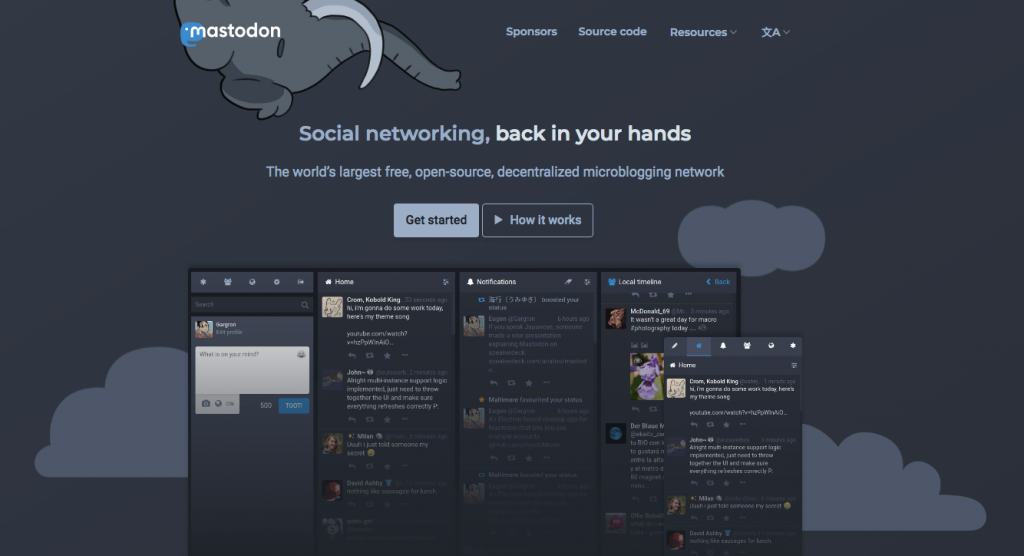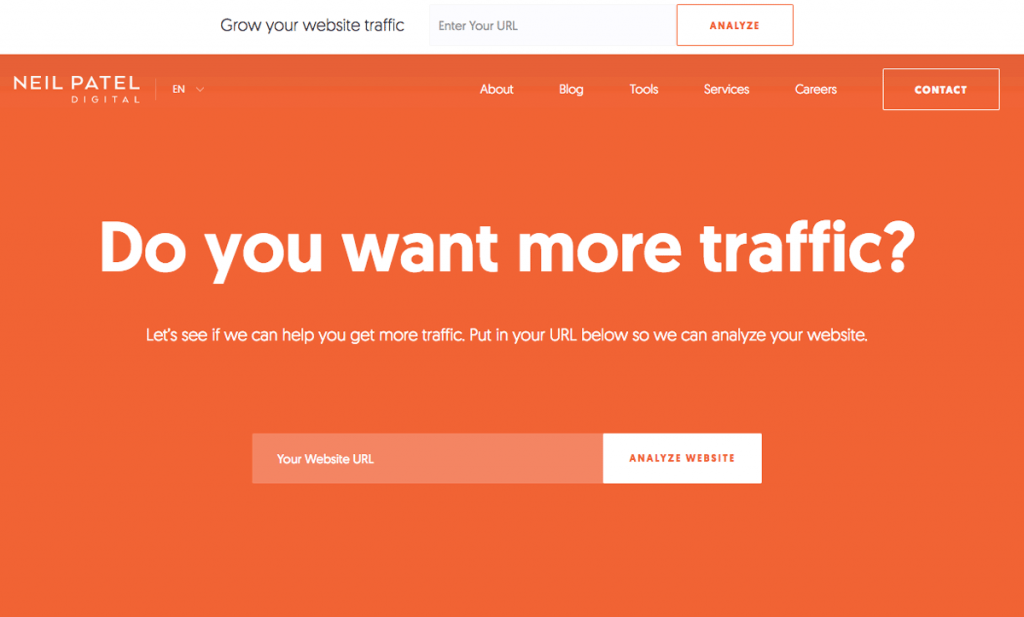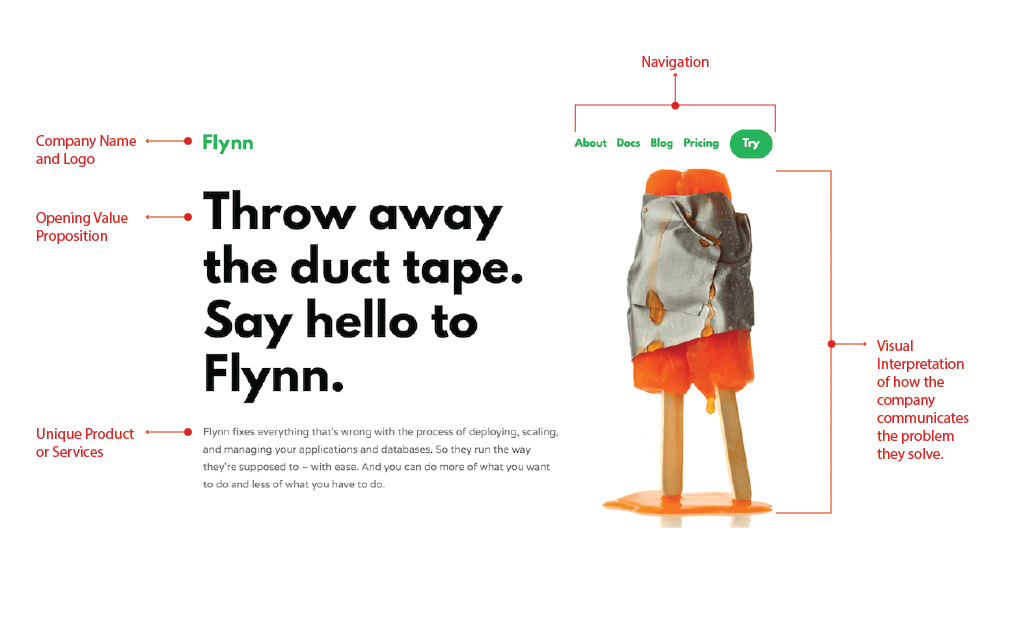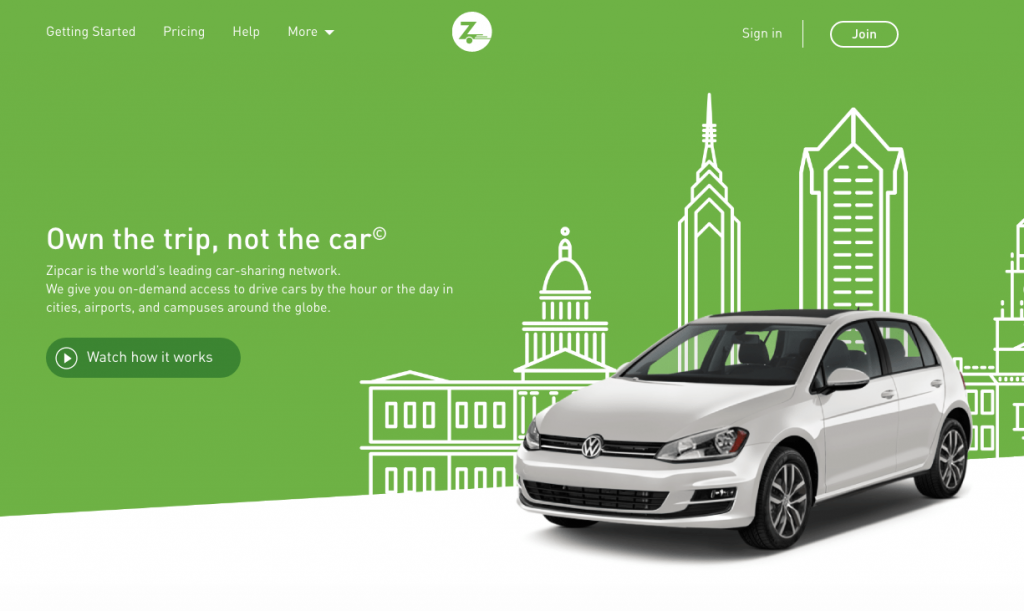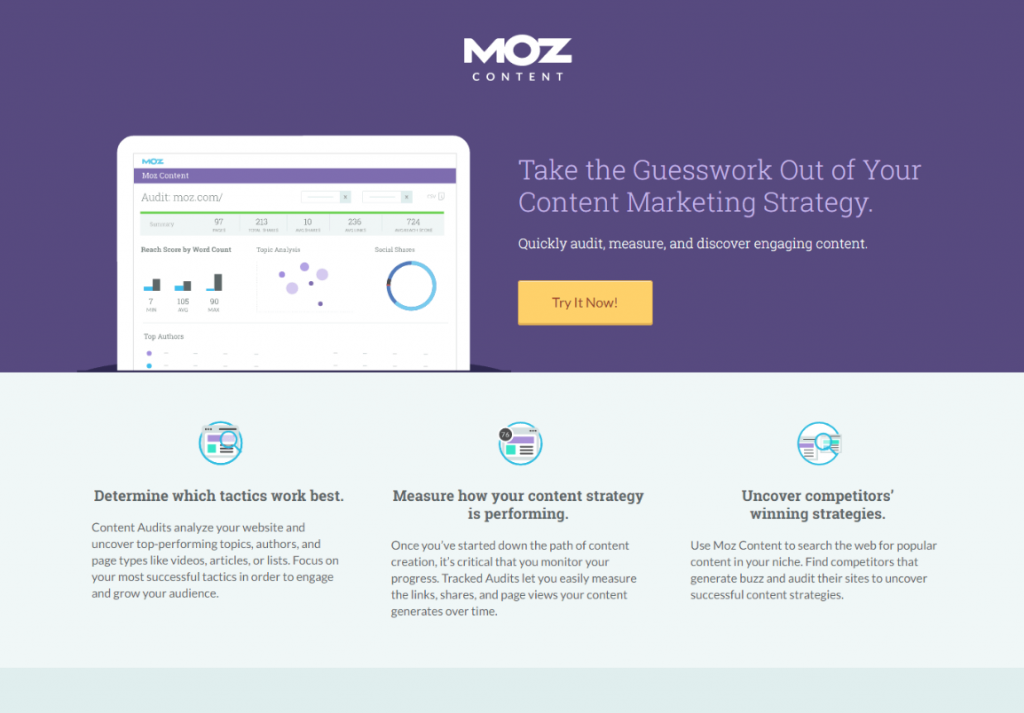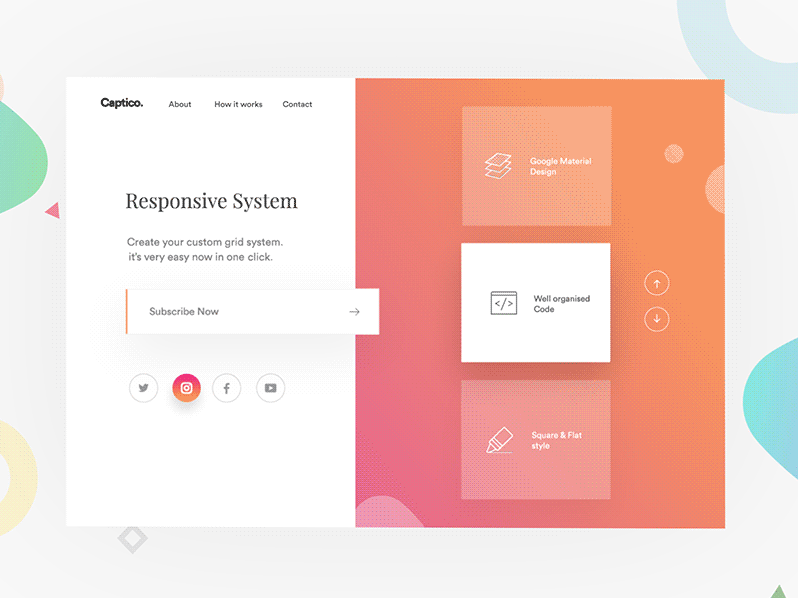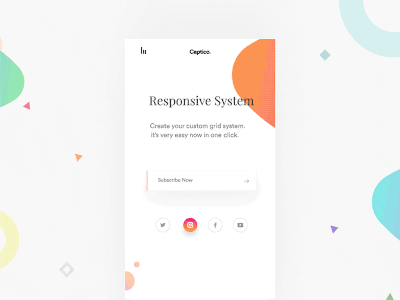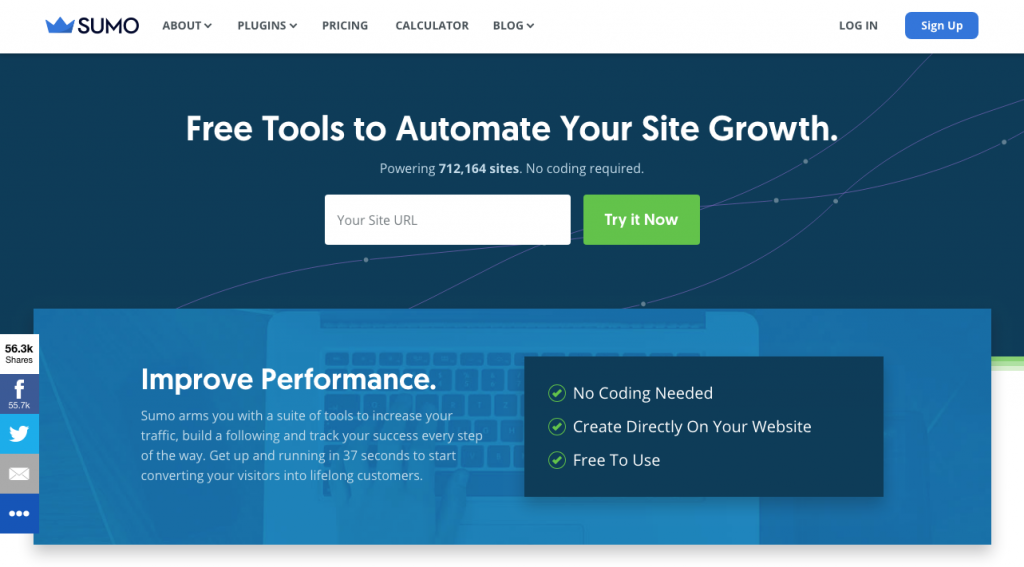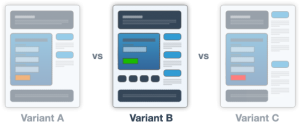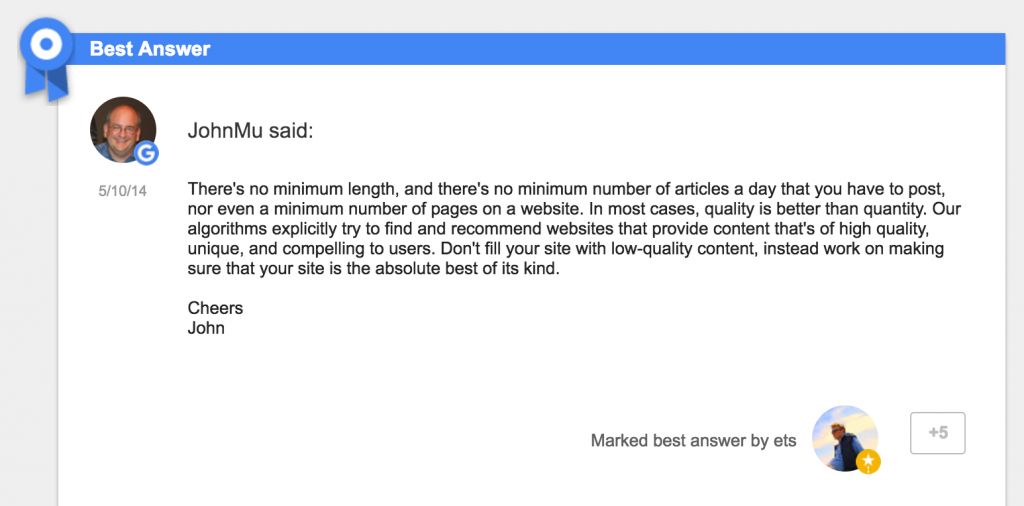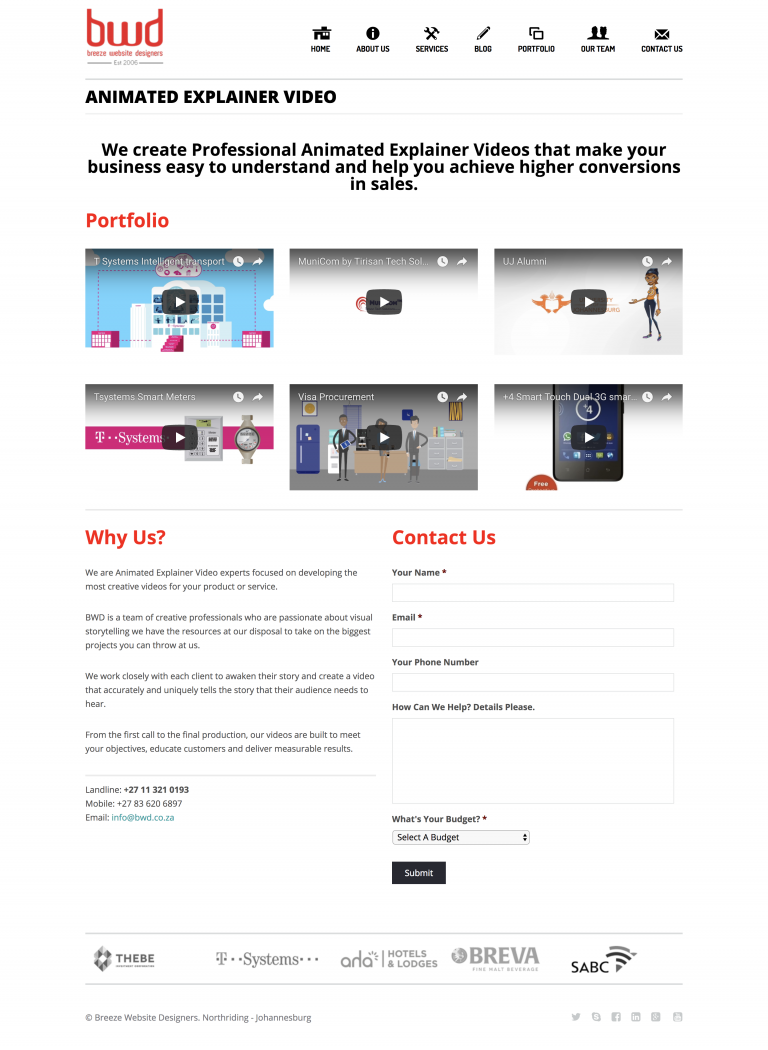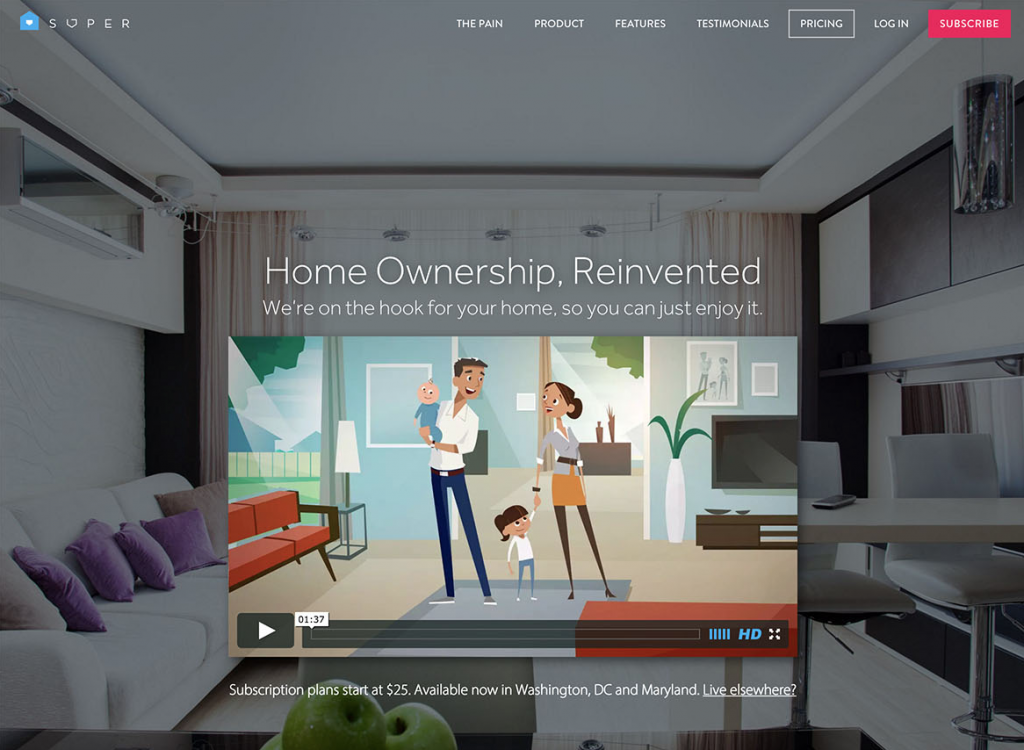04 Apr Choosing the Best Digital Marketing Agency

If you only just realised the importance of having a creative team to help you with communicating your brand message, then you have an interesting task ahead of you. Choosing the right agency for the job can be both nerve wrecking and exciting at the same time.
You’re probably looking for an agency that can strike a balance between industry experience and amazing ideas, not forgetting sufficient resources. Before you make the final decision on the agency to go with, there are a few factors which you need to take into consideration. Below are factors you need to look out for when shopping around.
Agency Core Strength

This is where you consider the saying “Jack of all trades, master of none” As much as it’s good being represented by an agency that can assist you with all your marketing requirements, it is very important to identify where the agency excels. This allows you to rest assured that you’re dealing with experts in the field.
An agency that knows it’s strengths is highly likely to deliver good results because they have more insight on how things generally work, most importantly they know when to consult fellow experts. In simpler terms, every business has its core function, find out what that agency’s core function is before bringing them on board.
Location

You probably want to partner with an agency that will be within close proximity to you, for convenience. As much as most correspondence is done via email and telephonically, it is sometimes crucial to have face to face interactions. You do get exceptional cases. In these instances, it’s best for both parties involved to take advantage of technological advancements and make use of tools such as Skype & Facetime.
It is still possible to meet virtually but in order to make this work, these means of communication would have to be discussed and agreed upon at the very early stages of the partnership. Working with an agency that’s located closer to you makes the relationship a lot easier to manage.
Experience
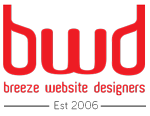
The last thing you want is to recruit an agency with no experience, it is a risky exercise which could potentially cost you a lot of money. Take time to look up the agency. Request credentials because those will give you an idea of what the agency is capable of. Experience suggests that an agency has existed long enough to have made all the mistakes, grown from them and acquired the necessary skills to qualify as experts in the field.
An established agency will most likely have an existing online trail. Be on the lookout for basic information such as an office address, landline as well as the leadership experience. This information should inform you whether the agency you’re considering is well established and experienced enough.
Effective Website
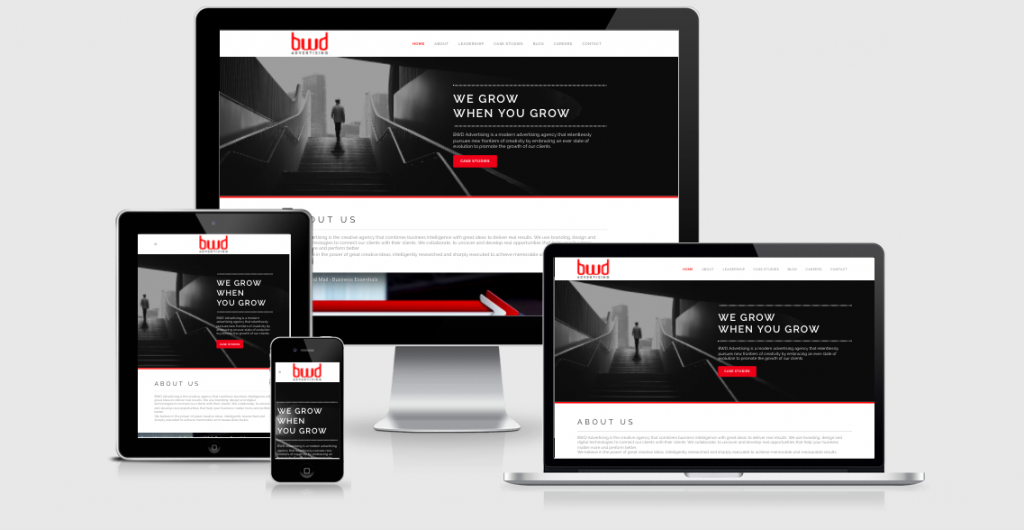
The best way to tell how a company carries out marketing activities is by looking at their own website and social media. This makes a good starting point because you’re able to evaluate the effectiveness of their strategy and marketing efforts. Surely if the company is able to maintain their own website, they would have no problem implementing the same effective strategy for their clients.
Have a look at the agency’s blog, see if their solutions speak to your challenges. Is the blog well maintained? how often are updates made on the website? It’s good to pay close attention to this, as it will reveal to you which agency is serious about results.
Creative Flair
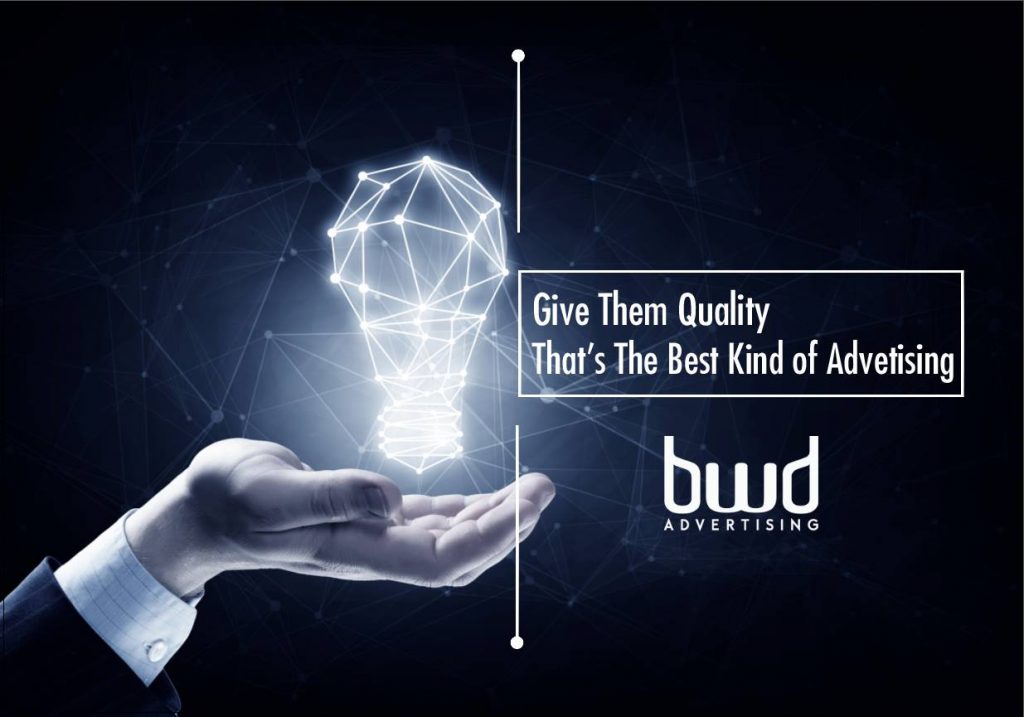
In the fast-paced world, we live in, you need to partner with an agency that will be able to understand that trends are constantly changing and the world is evolving. It is, therefore, crucial to recruit an agency that knows innovation is key. With rife competition and demanding customers, you need to ensure that you maintain your level of greatness.
Is the agency capable of coming up with fresh ideas? What’s the agency’s understanding of your value proposition? Can they come up with innovative ways of spreading your brand message across? You will find that these questions are relevant in relation to your upcoming marketing campaigns.
Portfolio: Client List
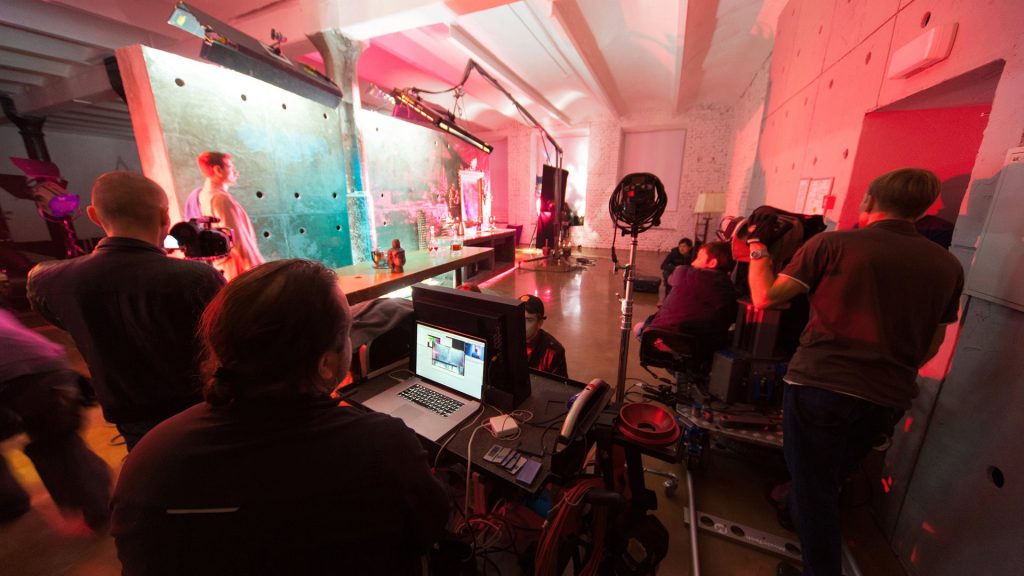
Seeing is believing. It is no secret that some agencies may oversell experience. A portfolio, however, gives you ease because you can see the actual evidence. The portfolio will certainly reveal the clients the agency has worked with. You’re also able to evaluate the quality of work produced for these clients. This should help you determine whether or not the agency meets the standard you’re looking for.
You probably would even like to see the agency’s list of references, get in touch with a few, just to gauge what kind of working relationship they have. If their clients are happy, then you would have nothing to worry about.
Communicating Results

It’s one thing for an agency to know that they are good at what they do. It’s another to communicate those results in a manner which makes sense to all stakeholders and potential clients. Businesses understand numbers. The agency needs to have substantial figures which speak to revenue increases.
This is one language that will always be crystal clear, solely because growth is always the ultimate goal. You’re searching for transparency to determine whether or not the marketing activities have been fruitful. A reputable agency should be able to back up their recommendations with data, that is crucial.
Price
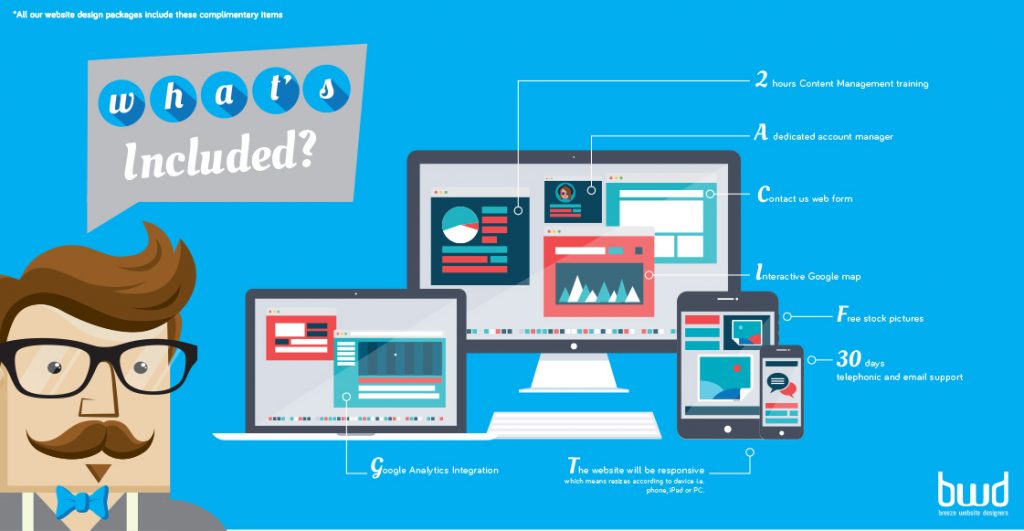
The question of affordability is one that you have to answer with a bold YES before you bring the agency on board. Understanding the cost of the services you require allows you to allocate some sort of value to the end result. This means you need to know the price tag attached to the agency. You need to ask questions relating to the billing process and payment plans.
Understand the period for contracts and what you’ll be committing to. Are you looking for something once-off, short term or long term? This helps both parties involved in deciding the possibilities of a fruitful partnership.
Awards and Accolades
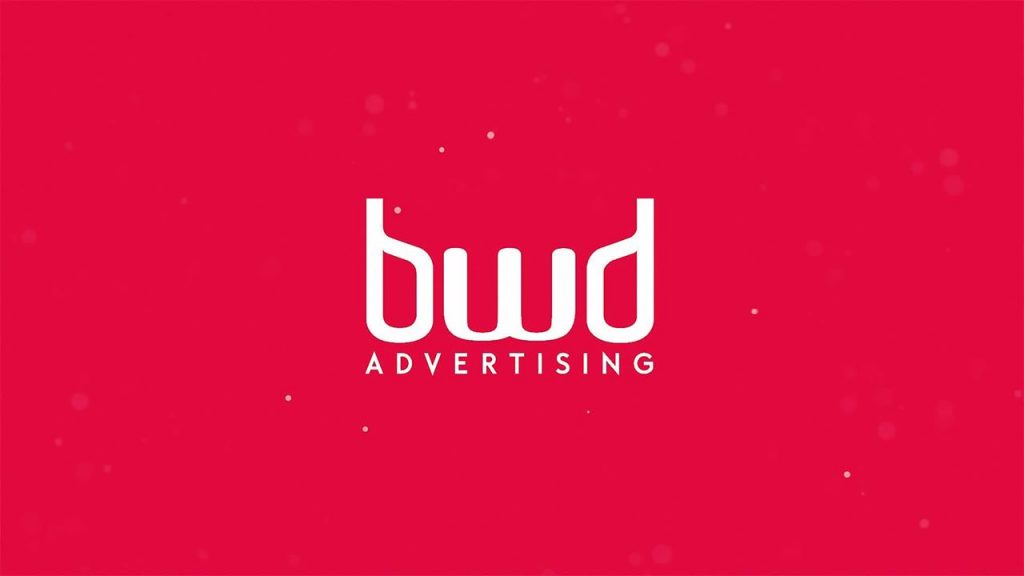
This has the same function as icing on the cake. You generally want to acquaint yourself with an agency that delivers quality work but be careful not to get too excited about the awards, such that you lose sight of other important things. It’s interesting to know that the agency is recognised for its excellence in the field and across the board but look into those awards, what was the judging criteria and when was this attained.
These awards are not the only form of acknowledgment and validation but they certainly do count for something. Ideally, you want to partner with an agency that will help make you stand out from your competitors, this requires quality work that stands out.
Performance and Culture
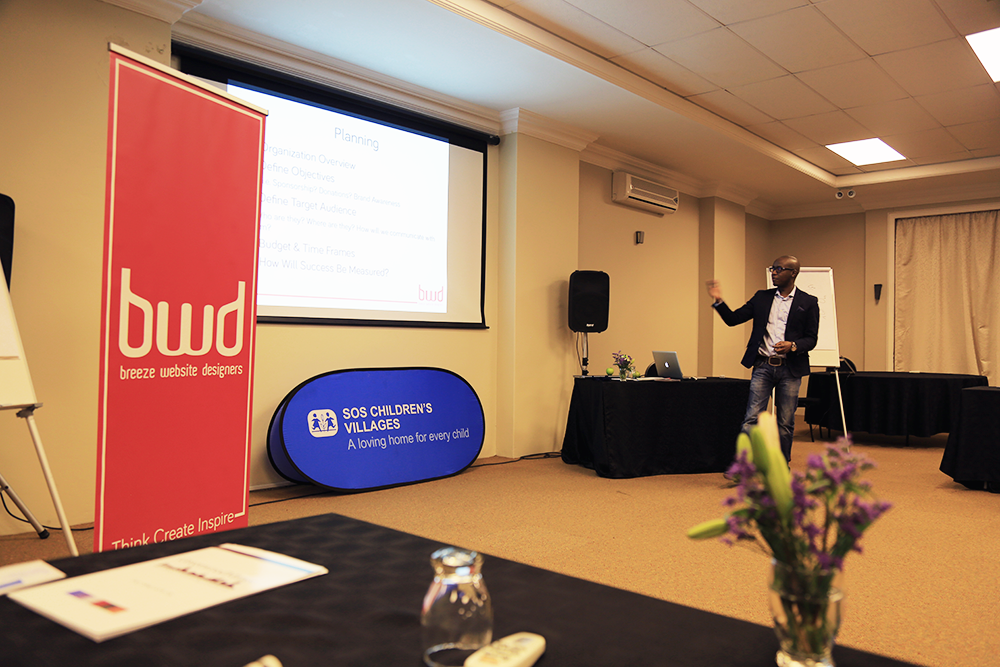
These two work hand in hand. Through understanding how an agency works, you’re able to determine whether or not your values are aligned. Do not be afraid to ask about how things are done. Understanding the process is key. How quick is the agency’s turnaround time? Do they meet deadlines? This is specifically important because performance is everything.
Do not hesitate to ask who will be involved in the execution of your projects. Enquire about staff so that you’re certain the agency has enough resources to handle your project or account with ease.
Shopping around may seem like a tedious, frustrating process but it’s one exercise you have to go through when looking to partner with a reputable agency. Remember not to rush the process, do all your checks before you commit. If you know someone who’s on the search for an agency to work with, do not hesitate to send them our way. BWD Advertising would be delighted to meet them.




